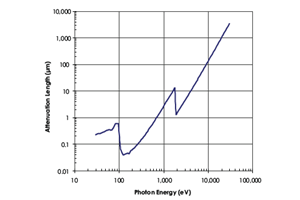X-ray Spectroscopy
X-ray spectroscopy is element-specific, used to directly examine a wide variety of solid and liquid samples non-destructively. The high-energy x-rays irradiate the sample and are absorbed by atoms within the sample. As absorption is discrete, the absorption energy required corresponds to the binding energy of the electron in the material. Once absorbed, the electron is ejected, allowing it to interact with the surrounding atoms to produce a spectrum.
X-ray absorption spectroscopy is commonly divided into two spectral regions:
- X-ray absorption near-edge structure (XANES) spectral region
- Extended x-ray absorption fine structure (EXAFS) region
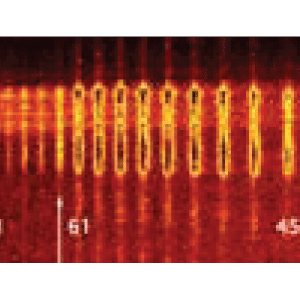
Application Notes
X-Ray Photon Correlation Spectroscopy at a Third-Generation Synchrotron
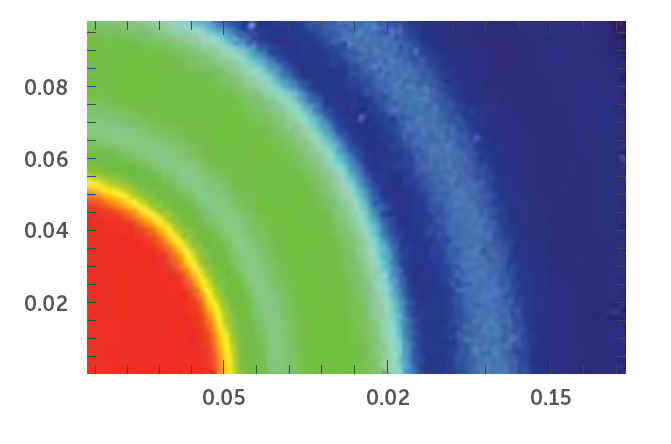
The bright (high-flux) monochromatic and highly focused x-ray beams at third-generation
synchrotron sources around the world are advancing the field of x-ray photon correlation
spectroscopy (XPCS). In addition, newer CCD digital camera systems with high sensitivity and
resolution have extended the lower-intensity range of x-ray detection in XPCS applications.
This note describes several examples of XPCS in which high-performance CCD systems from
Princeton Instruments can be used to capture microscopic, low x-ray-flux images…Read Full Article
Technical Notes
New QE Response Curves for Soft X-ray to VUV Energy Range
Since the invention of charge-coupled-device (CCD) technology in 1969, its extended sensitivity from the NIR to the x-ray region of the electromagnetic spectrum has been utilized to good effect in a wide variety of application areas.
Owing to the unique characteristics of their construction, CCDs are especially useful for imaging and spectroscopy performed in…Read Full Article
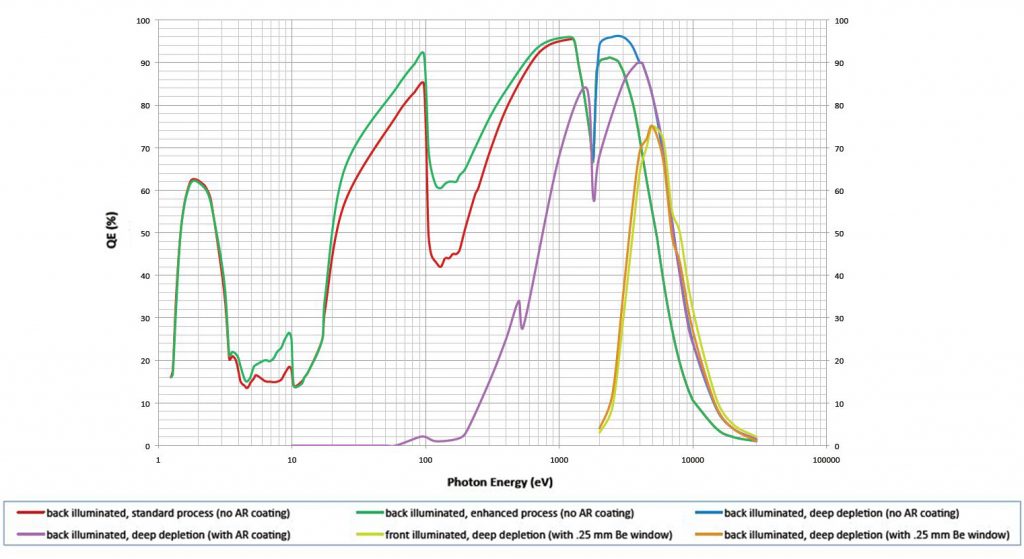
Flexible Electronic Architecture Extends Utility of Scientific Cameras
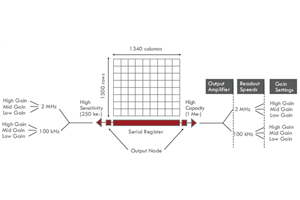
Ultimately, the true worth of a scientific camera is determined by its ability to flexibly meet the performance requirements deemed most useful by a given researcher. As many disciplines have continued to evolve over recent years to encompass more varied investigatory techniques, sets of critical requirements have also expanded. When seeking a scientific camera to satisfy diverse needs, one must be sure to look for the most versatile, highest performance solutions available…Read Full Article
Direct Detection of X-rays (30 eV to 20 keV) Using Detectors Based on CCD Technology
CCDs have become increasingly specialized to meet the changing requirements of both commercial and scientific markets. In the scientific market, CCDs have been improved and optimized in a variety of ways to provide high performance across a broad set of applications — from spectroscopy and semiconductor testing to biological imaging and genetic research…Read Full Article
